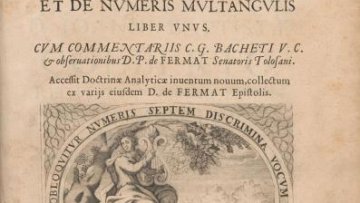Asymptotic of planar Yang-Mills fields
Abstract
This talk will be about Lévy processes on compact groups - discrete or continuous - and two-dimensional analogues called pure Yang-Mills fields. The latter are indexed by reduced loops of finite length in the plane and satisfy properties analogue to independence and stationarity of increments. There is a one-to-one correspondance between Lévy processes invariant by adjunction and pure Yang-Mills fields. For Brownian motions, Yang-Mills fields stand for a rigorous version of the Euclidean Yang-Mills measure in two dimension. I shall first sketch this correspondance for Lévy processes with large jumps. Then, I will discuss two applications of an extension theorem, due to Thierry Lévy, similar to Kolmogorov extension theorem. On the one hand, it allows to construct pure Yang-Mills fields for any invariant Lévy process. On the other hand, when the group acts on vector spaces of large dimension, this theorem also allows to study the asymptotic behavior of traces. The limiting objects yield a natural family of states on the group algebra of reduced loops. We characterize among them the master field defined by Thierry Lévy by a continuity property. This is a joint work with Guillaume Cébron and Franck Gabriel.


